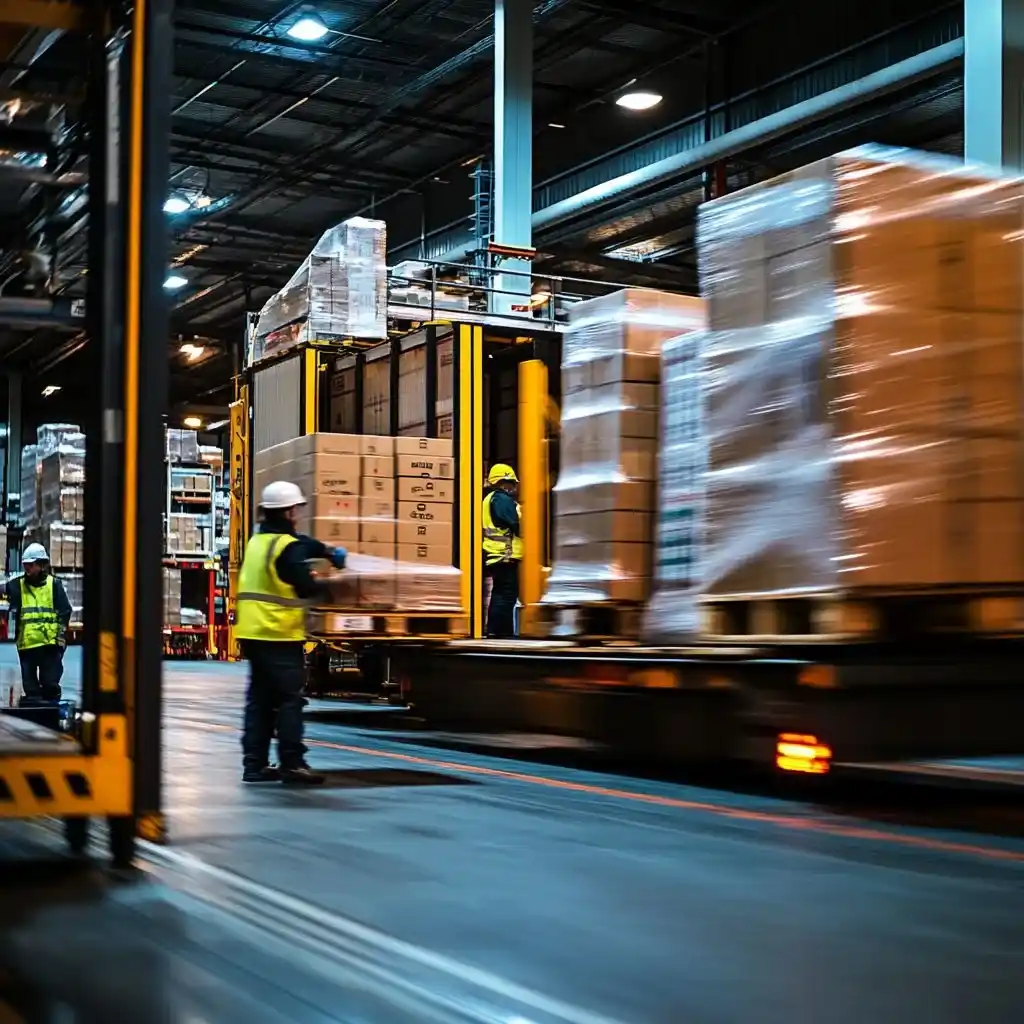What Is Next Day Freight?
Next day freight is an expedited shipping service designed to deliver within 24 hours of dispatch. It’s demanding to execute, but it satisfies time-critical needs for businesses and consumers who expect speed by default.
Why It’s Growing
E-commerce has reshaped delivery expectations. What was once a premium is fast becoming a standard. Retailers that can reliably offer next day options gain a competitive edge—especially for launches, promotions and replenishment.
Advantages
Speed is the obvious win, but the benefits go deeper—conversion, retention and operational predictability all improve when fast options are executed well.
Instant Gratification
Digital life has compressed timelines. Streaming, downloads and on-demand services set a new baseline for “now”. Next day delivery acknowledges that shift, aligning physical goods with modern expectations.
Customer Loyalty
Every on-time arrival within a tight window reinforces trust. Consistent performance turns fast shipping from a promo into a habit customers rely on—driving repeat business and higher lifetime value.
Disadvantages
The flip side: higher costs, tighter ops, and sustainability trade-offs. Understanding these helps you deploy the service where it truly pays.
Increased Costs
Expedited networks, late cut-offs, and premium capacity cost more. Those inputs raise your delivery expense per order and may require surcharges or margin trade-offs.
Risk of Returns & Redeliveries
Compressed timelines can amplify errors—bad addresses, missed scans, damaged goods. Redeliveries and returns add cost and can dent brand perception if not handled gracefully.
Environmental Concerns
Faster transit often means more carbon-intensive legs or vehicles leaving under-filled to hit cut-offs. That raises emissions per parcel, especially on air moves and sub-optimal road runs.
Push for Green Logistics
The sector is responding with cleaner fleets, better route optimisation, and fuller loads. Many shippers also adopt carbon accounting and offsetting to balance out expedited delivery footprints.
Is It Right for You?
Start with your customer promise and product profile. Do your buyers value speed over cost? Are items time-sensitive, perishable, or high-consideration (where speed seals the sale)? Pilot on select SKUs, lanes or postcodes before scaling.
Alternatives to Consider
Not everything must arrive tomorrow. Blend options to balance service and cost.
Delivery Options Comparison
| Criteria | Same Day | Next Day | Express (Time-Definite) |
|---|---|---|---|
| Delivery Time | Within the same day | The next day | Very fast, specific time window |
| Cost | High | Moderate–High | High (variable) |
| Geographical Coverage | Mostly local/metro | Broad national | Broad national/international |
| Weight/Size Limits | Yes | Yes | Yes |
| Tracking | Yes | Yes | Yes |
| Best For | Urgent shipments | General fast shipments | Critical time-specific deliveries |
| Environmental Impact | Medium | Medium–Low | Medium–High |
| Customer Satisfaction | High | High | High |
Same Day Freight
Ideal for compact geographic footprints and urgent use-cases. When routed smartly, it pairs speed with efficient local execution.
Standard Shipping Options
Many customers still prefer cost over speed. 2–5 day services keep prices sharp and margins healthy—great for non-urgent items and bulk orders.
Conclusion
Next day freight can drive conversions and loyalty—but it isn’t one-size-fits-all. Use it where it matters most, blend it with same day and standard options elsewhere, and keep sustainability in view. Need help designing the right mix? Clintopia can map services to your products, lanes and targets.
